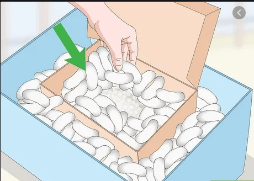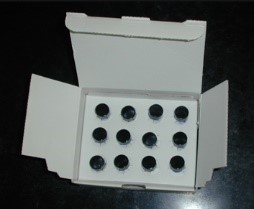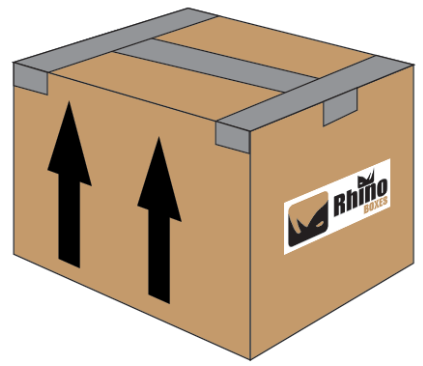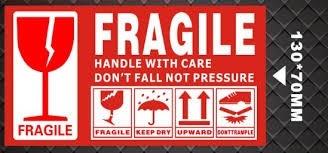To keep your items safe on their journey, make sure they are properly packaged up. Good quality packaging is critical to protecting your shipment arrive safety an intact during transportation. Otherwise, they could get damaged in transit, and you will not be able to claim. So that your parcel arrives at its destination in one piece, read up on our top packaging tips.
Packaging Protects Your Shipment
Look out for the manufacturer stamp which tells you informations about the construction type and strength of a box. Ask your box supplier for more information as required and refer to the box specifications.
Under-filled boxes may collapse and over-filled boxes may burst. Prevent this by choosing a box with the right size for the content being shipped.

Leave no empty space. It is important to completely fill empty space within the box to avoid contents moving during transit which can cause damage to both contents and box.

6 cm distance. Always place items being shipped in the centre of the boc with at least 6 cm of separation from any external walls or corners.

Label informations about the parcel and tape it.

